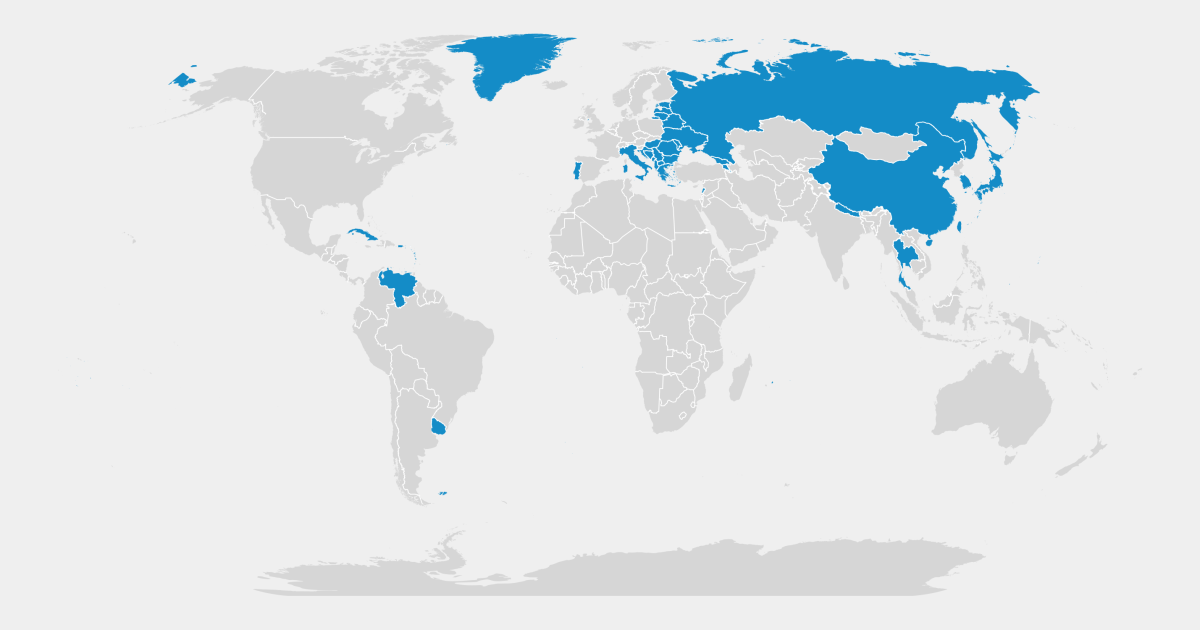“The demographic landscape has evolved greatly in recent years,” Li Junhua, undersecretary-general for economic and social affairs at the United Nations, said in a news release.The report forecasts that the world’s population will continue to swell over the next several decades — growing from 8.2 billion people in 2024 to a peak of nearly 10.3 billion people in 50 to 60 years. But it won’t grow forever: The global population is expected to return to 10.2 billion people by 2100, which is 6% lower than what the U.N.’s experts had projected a decade ago.
The U.N.’s previous population assessment, released in 2022, suggested that humanity could grow to 10.4 billion people by the late 2000s, but lower birth rates in some of the world’s largest countries, including China, are among the reasons for the earlier-than-anticipated population peak.
More than half of all countries have a fertility rate less than 2.1 births per woman, or what’s known as the “replacement rate,” because it’s the number of children that each woman would need to have, on average, to keep the population from declining.Forty-eight more countries, including Vietnam, Brazil, Turkey and Iran, are expected to see their populations peak over the next 30 years.
India’s population of 1.4 billion makes it the world’s most-populous country, after it surpassed China’s population in 2022. India’s population is also expected to keep increasing through midcentury, according to the report.
China’s population, however, has been declining.“China, in the last couple of years, has experienced a very fast, and very significant, further decline in the number of children born,” said Patrick Gerland, chief of the population estimates and projections section in the population division of the United Nations.
“The changes that China is experiencing within the last generation have been some of the fastest in all the world,” Gerland said.
Were it not for immigration, the United States would also be facing population declines — it’s one of about 50 places projected to be able to keep growing due to immigration gains. The U.S. is projected to grow from 345 million in 2024 to 421 million by the end of the century.
The country’s growth will likely exacerbate issues around consumption, greenhouse gas emissions and other drivers of global warming. A larger population also means more people will be exposed to climate risks, such as droughts, heat waves and other extreme weather events intensified by global warming.“Just because a challenge might be emerging six decades into the future doesn’t mean it doesn’t make sense to be talking about now,” said Dean Spears, an associate professor of economics at the University of Texas at Austin.
“Decades from now, people will be talking about these new population changes, with the same level of scholarly and social interest that we now talk about climate change,” Spears said.
Other countries that are expected to continue growing through 2054 include India, Indonesia, Pakistan and Nigeria. In some parts of Africa — including Angola, the Central African Republic, the Democratic Republic of Congo, Niger and Somalia — populations are expected to grow rapidly, doubling between 2024 and 2054, according to the U.N.
But adding more people to the planet does not necessarily increase the pace of climate change. Most of the fastest-growing parts of the world are countries that have historically contributed least to global warming. These same areas are typically also disproportionately affected by climate change.
The report cited a bounce-back in life expectancy levels after the pandemic bit into them. Globally, the life expectancy in 2023 was 73.2 years. That’s up from a pandemic low of 70.9 in 2021 and higher than the pre-pandemic 72.4 five years earlier. Global life expectancy is projected to reach 81.7 years in 2100.
As life expectancies increase and fertility rates decrease, the world’s population will grow older. Projections show that those 65 and older will outnumber children younger than 18 by 2080. As of 2023, children outnumber those 65 and older by nearly 3 to 1.

